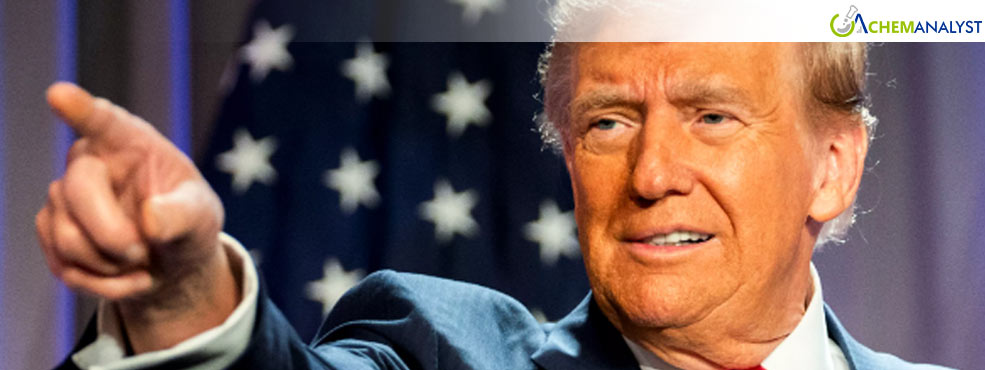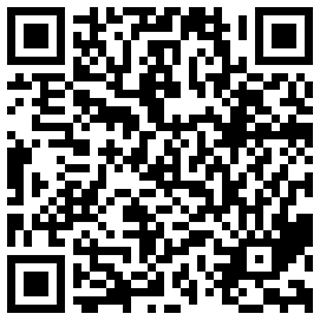Trump Imposes 27% Tariff on Indian Imports, Sparks Trade Tensions
- 03-Apr-2025 11:00 PM
- Journalist: Jacob Kutchner
US President Donald Trump has announced a 27% tariff on imports from India, citing what he describes as unfair trade practices. The announcement, made from the Rose Garden of the White House on April 2, which he dubbed "Liberation Day," signals a significant escalation in trade tensions between the two nations.
Trump’s decision stems from his administration's assessment that India imposes a 52% cumulative tariff on US goods, including non-monetary barriers. In a departure from his initial rhetoric of fully reciprocal tariffs, Trump stated the US would instead impose half of the tariff a country levies on American products. This calculation resulted in the 27% tariff applied to Indian imports.
While a chart presented during the announcement initially indicated a 26% tariff, an official annexure released by the White House clarified the figure as 27%.
The new tariff represents a notable increase compared to the existing US tariff rates on Indian goods. According to data from the World Trade Organization (WTO), the current simple average Most Favored Nation (MFN) applied rate for all products from India to the US is 3.7%. In comparison, India’s tariffs on US imports averages 13.7%. Specifically, within the agricultural sector India levies 40.6% on US imports, while the US only levies 6.6% on Indian agricultural imports.
India's substantial exports to the US consists of metal ores, gemstones, electrical equipment, pharmaceuticals, and textiles. These sectors face significant disruption from this new tariff regime. Sectors like semiconductors, furniture, and rubber that rely heavily on US demand, are particularly vulnerable. The electronics export sector itself accounts for over $11 billion of export revenue.
Other countries hit by exorbitant tariffs are –
• Cambodia – 49%
• Laos – 48%
• Vietnam - 46%
• China – 34%
• Japan – 24%
• European Union – 20%
• United Kingdom – 10%
These country specific tariffs will take effect on April 9.
Trump also reiterated his plan for a universal 10% baseline tariff on all countries, which is set to take effect on April 5. This blanket tariff will make daily consumer goods like apparels, shoes, cars, auto parts, coffee and processed food items significantly costlier to an average American buyer.
Additionally, he stated that the 25% tariff on foreign made automobiles that was previously announced, will take effect at midnight eastern time on April 2.
Trump defended his actions by highlighting what he perceives as unfair trade practices, including currency manipulation, subsidies, exorbitant taxes, and intellectual property theft. He framed the move as a "declaration of economic independence" and predicted a "golden age" for America, with job growth and factory revitalization generating trillions of dollars for tax reductions and debt repayment.



